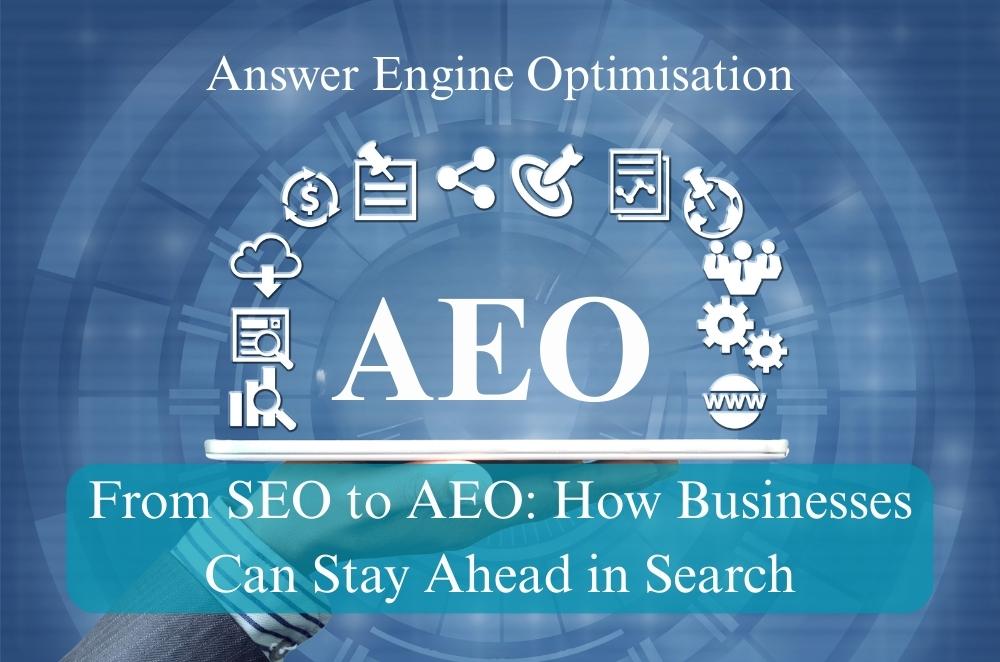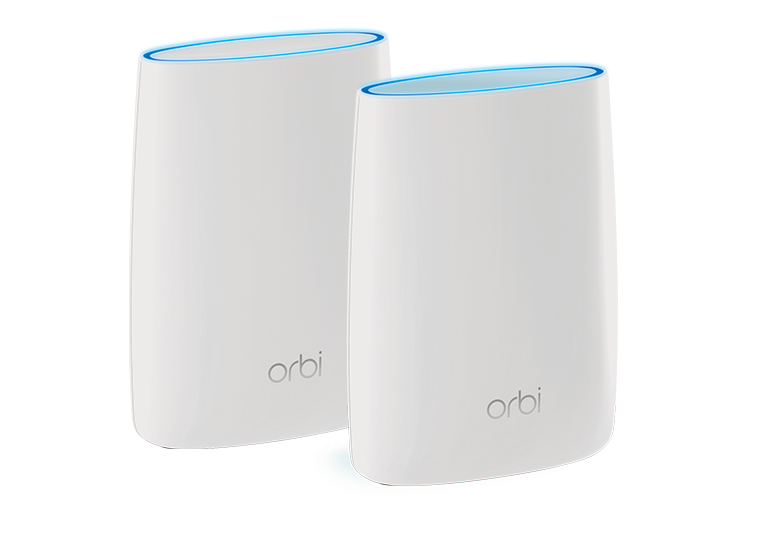From SEO to AEO: How Businesses Can Stay Ahead in Search

Search hasn’t just added features; it has changed form. Results now arrive as conversational summaries, featured answers, and task hints. Teams that long relied on rankings are shifting focus to how their knowledge appears inside those answers. In practical terms, that means structuring pages so machines can extract meaning cleanly and people can act quickly. Many organisations fold an AEO service into their existing search program—less a replacement, more a layer that clarifies entities, tightens formats, and makes verified answers easy to surface.
What is Answer Engine Optimisation (AEO) and how is it different from SEO?
AEO (Answer Engine Optimisation) aims to be selected as the answer, not merely shown as a link. It favours concise, structured, verifiable fragments that systems can quote with confidence, while SEO remains essential for discovery, depth, and long-tail coverage.
-
Outcome focus: From positions to presence in snippets, overviews, and knowledge panels.
-
Format bias: From long paragraphs to short definitions, steps, and checklists.
-
Verification layer: Cited standards and sources reduce ambiguity for both readers and machines.
-
Entity clarity: Consistent naming for brands, locations, and services limits misinterpretation.
In short: SEO gets content found; AEO gets it chosen.
Which content patterns tend to surface inside answers?
Engines prefer information that is simple to parse and safe to trust. Reusable patterns across templates raise extractability and reduce editorial drift.
-
Question-first sections: Begin with a 25–40-word answer, then expand.
-
Steps and checklists: Present processes in 4–6 actions that map to outcomes.
-
Mini definitions: Offer plain-English explanations with one grounded example.
-
Lean intros: Keep openings tight; let the most important line arrive early.
Teams often see visible gains after converting generic headings into explicit questions and adding a crisp answer paragraph before any bullets.
How do entities and schema improve clarity?
Entities help systems understand “who did what, where.” A schema provides structure that confirms intent and relationships. Neither needs to be exhaustive; consistency matters more than volume.
-
Defined entities: Standardise brand, services, locations, and categories across pages and profiles.
-
Appropriate schema: Article/BlogPosting, HowTo, FAQPage, Product, or LocalBusiness where they fit.
-
Cross-references: Link to credible sources and related internal nodes to triangulate facts.
-
Single source of truth: Maintain a lightweight entity sheet for writers and developers.
A tidy entity model reduces duplicate meanings and raises the chance that your summary matches the question being asked.
Where do AEO and responsible marketing meet in Australia?
Clarity, accuracy, and accessibility underpin durable visibility. Practical guidance on topics like advertising your business sets expectations around plain language, transparent claims, and consent-aware experiences. Those same traits align with answer selection because they minimise risk for platforms and users.
-
Plain wording: Prioritise scannable terms people actually search.
-
Support for claims: Provide dates, sources, or method notes where relevant.
-
Accessible layouts: Descriptive headings, alt text, and captions aid both readers and crawlers.
-
Stable tone: Informative over promotional to preserve trust in extracts.
When pages are easy to understand and verify, they’re easier to feature.
What does an AEO pilot usually involve?
Pilots tend to be compact and pattern-focused. A common approach is to choose a small set of pages and refactor the structure, not just the prose.
-
Narrow scope: One service page, one comparison, one how-to.
-
Answer-first refactor: Question-led headings with direct, short responses.
-
Lightweight schema: Validated FAQPage/HowTo where it makes sense.
-
Before/after tracking: Watch impressions for question-shaped queries and answer-adjacent SERP features.
Results are easiest to read when intros are trimmed, TL;DR blocks are present, and audiences are defined in a single clear line.
How is AEO impact assessed in a practical way?
Signals tend to be directional rather than absolute. The picture sharpens when qualitative notes sit beside quantitative reports.
-
Query mix: Growth in “how/what/why” searches and zero-click impressions.
-
Feature presence: Snippets, FAQs, how-to modules, and knowledge elements.
-
Assisted actions: Enquiry notes citing guides, saved/printed pages, form starts near answer blocks.
-
Friction markers: Reduced pogo-sticking, steady scroll depth to action sections.
Instrumentation that tags TL; DRs and answer modules often reveals an uptick in engagement before conversions move.
What habits commonly limit answer selection?
Most issues come from content that is hard to quote or hard to trust. Editorial hygiene solves more than tooling.
-
Buried leads: Answers hidden under long scene-setting.
-
Wall-of-text: No lists, steps, or diagrams to anchor extraction.
-
Uncited assertions: Claims without a source or scope notes.
-
Inconsistent labels: Services and locations are named differently across pages.
A compact checklist—answer first, structure everything, cite once—prevents most regressions.
How does AEO fit into everyday content operations?
Treat AEO as a template habit rather than a campaign. When briefs and reviews expect an answer-ready structure, quality becomes repeatable.
-
Briefs: Include target questions, entity list, and citation plan.
-
Templates: Reserve spaces for a direct answer, steps, and FAQs.
-
Reviews: Validate schema, tighten openings, confirm consistency.
-
Cadence: Iterate quarterly based on SERP pattern changes.
Teams new to this rhythm often start with one template family, then roll out the pattern library to other high-intent pages.
What public signals can inform your approach?
Open-web examples are useful reference points. Industry write-ups that focus on durable tactics—question-led sections, structured answers, measured iteration—provide a neutral lens on what persists through algorithm shifts; mastering AEO strategies is one example among many.
-
Benchmark layouts: Compare your templates with answer-friendly public pages.
-
Borrow patterns: Reuse structures that repeatedly earn visibility in your niche.
-
Change tracking: Note refresh frequency on competitor FAQs and guides.
-
Fit for stack: Keep the tactics that match your workflows; set aside the rest.
Observing what appears in results over time keeps decisions grounded in what’s actually being surfaced.
What does the first fortnight typically look like?
Early phases are light and reversible. Shortlists are drafted, sections are re-titled as questions, answer paragraphs are added, and the minimal schema is validated. Within a couple of reporting cycles, patterns usually emerge around answer impressions, question-shaped queries, and assisted enquiries. From there, the template library expands at a sustainable pace, alongside existing SEO work.






